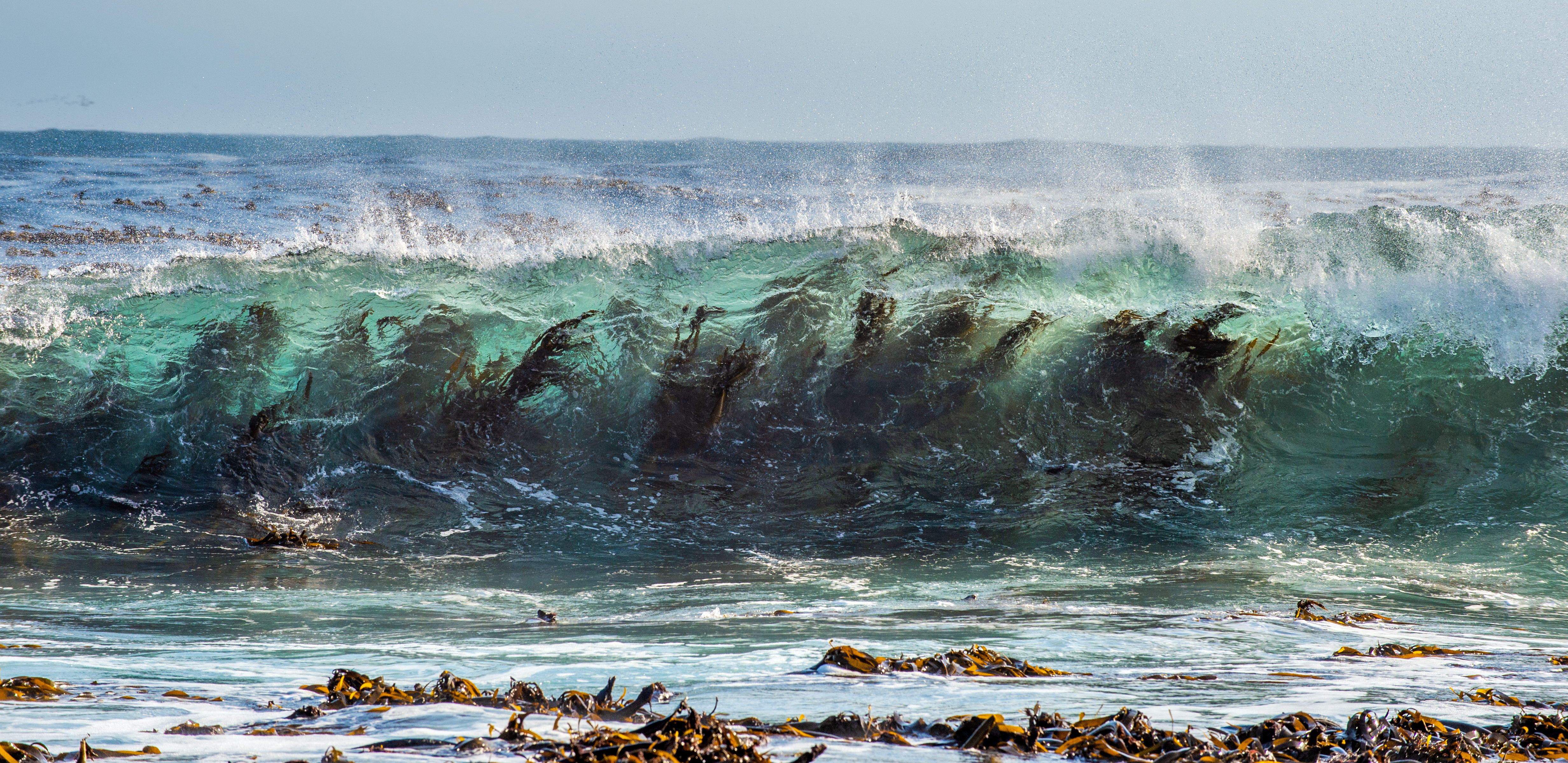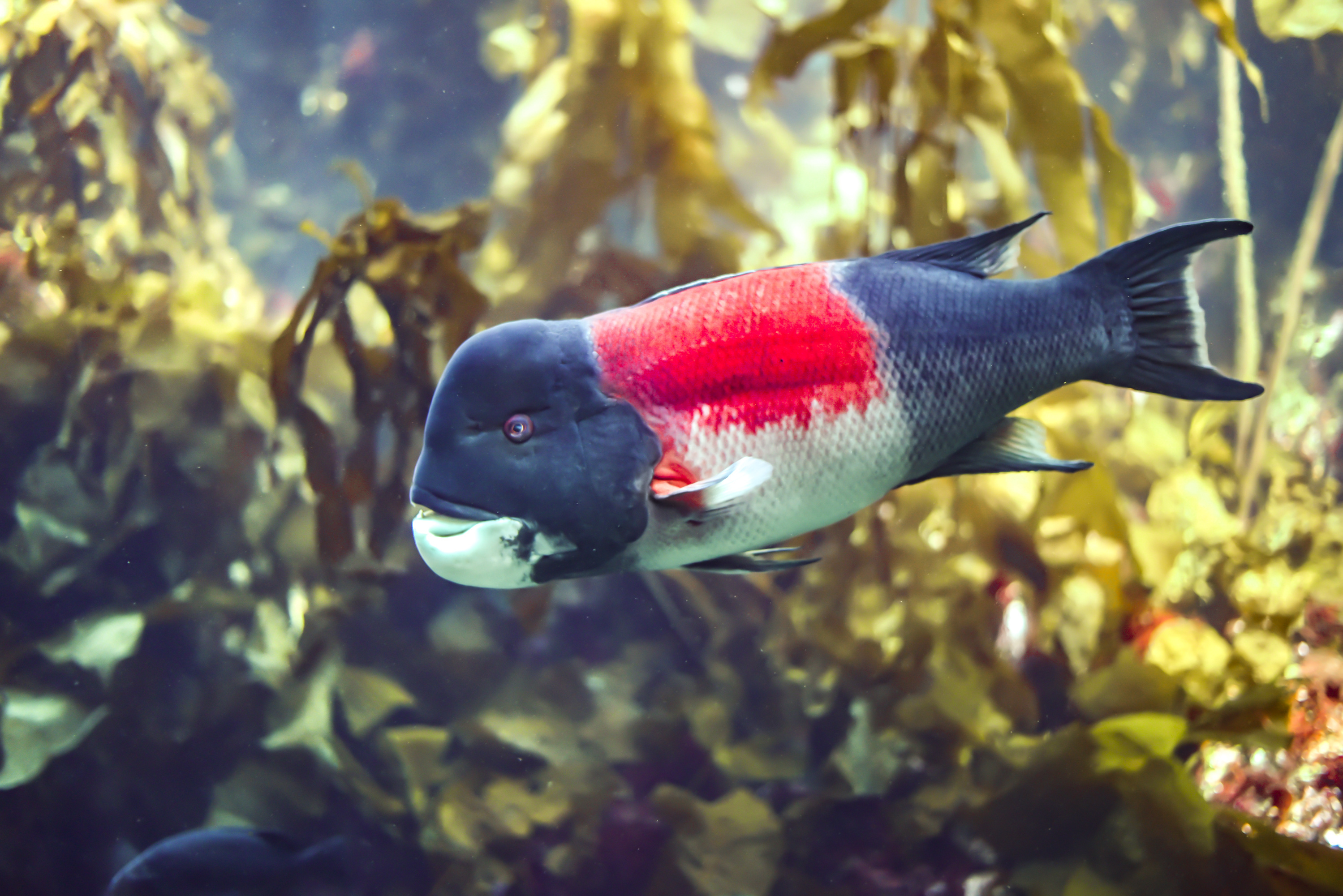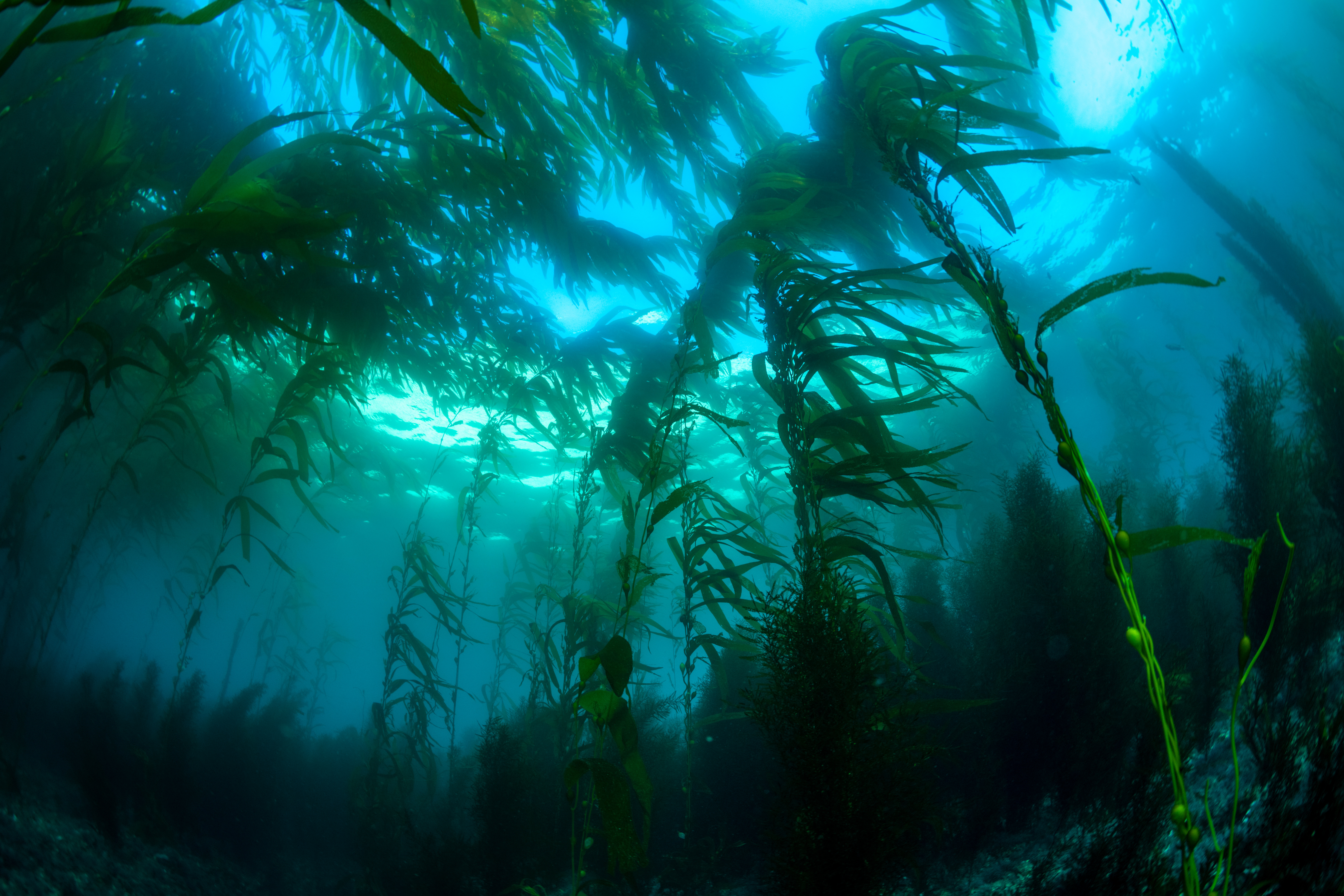Ocean Recoveries Lab
Scaling resilience in giant kelp forests
We study foundation species dynamics, storms, herbivory, and management to understand and restore kelp forests.
Our research vision
Giant kelp (Macrocystis pyrifera) is a dynamic foundation species that structures temperate reefs.
By linking long-term data, field experiments, and models, we identify bottlenecks to recovery and design decision-relevant strategies for resilient kelp forests.
Research themes
We combine experiments, long-term observations, and decision tools to reveal how kelp forests resist collapse, rebound faster, and support coastal communities.


Foundation Species & Stability
How kelp biomass stability and canopy shading shape benthic communities and biodiversity.

Storms, Disturbance & Coexistence
How variable storm regimes alter light, promote coexistence, and shift community composition.

Urchin Barrens & Thresholds
Detrital supply vs. grazing capacity; behavioral switches that trigger deforestation.

Predators, MPAs & Management
Body-size dependent predation, lobster–urchin interactions, and the value of monitoring.

Predators: California Sheephead
Iconic kelp forest predator that crushes urchins; complements lobster in controlling grazing pressure.
Featured projects

SBC LTER time-series + models
Coupling decades of data with process models to reveal storm and herbivory effects.
Learn more
Urchin removal & recovery
Testing when manual removal leads to self-sustaining kelp forests.
Learn more
Lobster–urchin interaction strength
How body size and behavior predict predation and forest resilience.
Learn more
Monitoring near thresholds
When information is most valuable for avoiding collapses and regime shifts.
Learn moreStable kelp canopy, stable reef.
Lower canopy fluctuation correlates with richer, more even benthic communities.
Canopy stability moderates light and detrital subsidies, buffering benthic assemblages from swings in dominance.
Read the canopy stability study →Storm pulses foster coexistence.
Wave-driven light variability keeps kelp, understory algae, and invertebrates in balance.
Disturbance regimes tune shade, nutrient flux, and recruitment—key levers for coexistence management.
Mechanistic wave–light model →Barrens emerge when drift runs out.
Urchins switch to active grazing once detrital subsidies drop below demand.
This behavioral threshold is a practical metric for identifying forests on the brink of deforestation.
See the threshold analysis →MPAs magnify predator services.
Large lobsters in reserves reduce urchin pressure and feed adjacent fisheries.
Predator body size links biodiversity goals with fishery wins—underscoring reserve network design.
Explore the predator effects →Publications & highlights
-
Foundation species promote community stability by increasing diversity in a giant kelp forest
Linking long-term kelp biomass variation to richer, more stable benthic assemblages.
-
Variation in disturbance to a foundation species structures the dynamics of a benthic reef community
Mechanistic models show how waves alter shade and shift community outcomes.
-
Detrital supply suppresses deforestation to maintain healthy kelp forest ecosystems
A practical metric to identify forests at risk of urchin-driven collapse.
-
Variation in body size drives spatial and temporal variation in lobster–urchin interaction strength
Large lobsters inside reserves increase predation strength and fishery spillover.


Get involved
Collaborate on experiments and syntheses, join the lab, or support decision-relevant kelp forest science.
Images: Ocean Recoveries Lab (Squarespace-hosted); NOAA Photo Library / Channel Islands NMS (Public Domain); USGS (Public Domain). Where applicable, credit required and appreciated.
